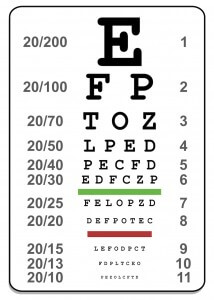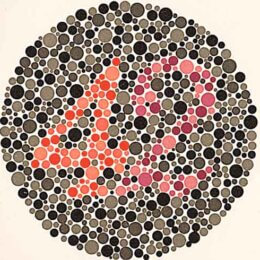Snellen Eye Chart
Snellen Eye Chart
Comes with metal eyelet for wall hangingThe Snellen Eye Chart measures how well a person can see at various distances. The chart is imprinted with block letters that line-by-line decrease in size, corresponding to the distance at which that line of letters is normally visible. The Snellen Eye Chart is used to test visual acuity with the patient positioned 20 feet from the chart. Visual acuity refers to the clarity or clearness of the vision, a measure of how well a person sees.
Comes with metal eyelet for wall hangingThe Snellen Eye Chart measures how well a person can see at various distances. The chart is imprinted with block letters that line-by-line decrease in size, corresponding to the distance at which that line of letters is normally visible. The Snellen Eye Chart is used to test visual acuity with the patient positioned 20 feet from the chart. Visual acuity refers to the clarity or clearness of the vision, a measure of how well a person sees.
Visual acuity is typically measured with the use of a standard eye chart called the Snellen chart. It was devised by Dr. Hermann Snellen, a Dutch Ophthalmologist, in 1862. It was originally used at a standard distance of 6 meters.
The letters on the Snellen Eye Chart are called Snellen’s test type. Each block letter is scientific in design so that at the appropriate distance the letter subtends a visual angle of 5 degrees and each component part subtends an angle of 1 minute.
Range Available
- Clement Clark 3M Chart, AOE or Numerals | Hard Plastic 15*32CM
- Clement Clark 6M Chart, AOE or Numerals | Hard Plastic 20.5*49CM
- Graham Field 6M Chart, AOE | Soft Plastic 27*56CM





